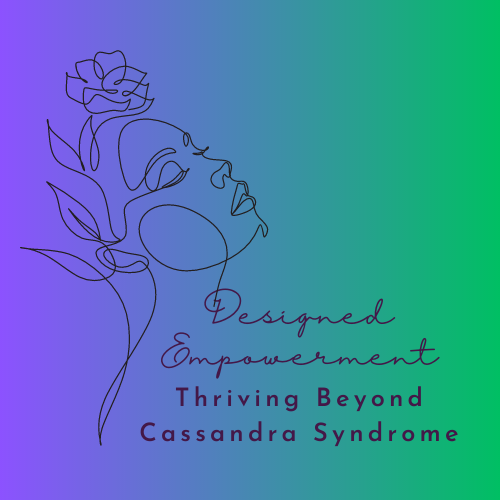Understanding Ongoing Traumatic Relationship Syndrome
Ongoing Traumatic Relationship Syndrome (OTRS) is a term that describes the cumulative emotional and psychological impact of being in a challenging relationship, often with a partner who has Asperger's Syndrome. If you're wondering, "Do I have Ongoing Traumatic Relationship Syndrome?" it's important to recognize the signs and seek support.
Symptoms of OTRS can include persistent feelings of confusion, self-doubt, and frustration. You may find yourself in a constant state of emotional turmoil, questioning your perceptions and reality. This can lead to anxiety, depression, and a feeling of being emotionally trapped or overwhelmed.
OTRS is not just about the challenges faced in the relationship; it's also about the internal struggle of not feeling understood or supported. It's the ongoing stress of navigating a partnership where you feel unseen and unheard, where your needs and emotions are often sidelined. This relentless stress can take a significant toll on your mental and physical health, leading to chronic fatigue, emotional exhaustion, and even physical symptoms like headaches or digestive issues.
Living with OTRS, you may experience a sense of isolation, feeling that no one truly understands the complexities of your relationship. You might feel guilty for harboring negative emotions towards your partner or for considering leaving the relationship. These feelings are compounded by societal expectations and the lack of awareness about the unique challenges of being in a relationship with someone on the autism spectrum.
Recognizing these symptoms is the first step towards healing. It's important to understand that you're not alone in this experience and that your feelings are valid and understandable. Seeking support from professionals who understand OTRS can be immensely helpful. Therapy, support groups, and educational resources can provide you with the tools and understanding you need to navigate this complex emotional landscape.
